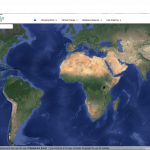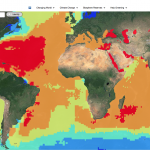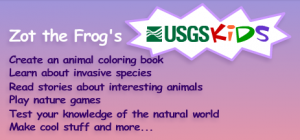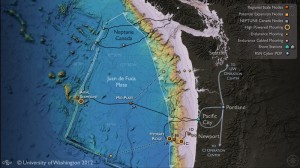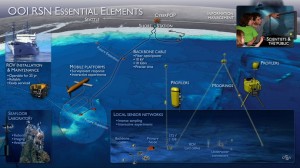http://marineprotectedareas.noaa.gov/
Recently in class we have been discussing the various opinions on the use of Marine Protected Areas to conserve the Ocean’s Biodiversity. This website is provided by the National Oceanic and Atmospheric Administration, and serves as a resource for students, researchers and the general public to understand Marine Protected Area’s, their basic function, and what is going on currently in the world of MPA’s. The website is extensive, and contains many sections including: “About MPA’s” (offering a general history and background) “National” System” (describing the ones in existence and the process for nominating an MPA”), “Data and Analysis” and Resources.
Something I learned from this website is that there are other reasons for creating an MPA besides consrevation. These are referred to as De Facto MPA’s, and may be created for a variety of reasons like human safety, or economic reasons.
According to the website, there are over 1,234 De Facto MPA’s in the U.S. Most of these De Facto MPA’s are located in the Gulf of Mexico.
Another section I found interesting was the one that described the nomination process and criteria required to nominate an area to become a Marine Protected Area. It’s no surprise that the process is not easy, but the website lays out a clear process and provides links to information and guidance on how to nominate a particular area. There is an area that specifically outlines the benefits of an area becoming an MPA, and a Frequently Asked Question section as well.
The website also includes a database of information on over 1700 the MPA’s within the US, which it refers to as it’s “MPA Inventory”. It classifies and categorizes each MPA and offers comprehensive data on each site in the inventory. This information is extremely useful for anyone trying to research MPA’s for any reason, especially those who are trying to compare MPA’s across time and location.
After reading all the strong opinions by the various essayists in class, it was really interesting to learn more specific details about the Marine Protected Areas that are currently in existence and those that are in the process of becoming one.




